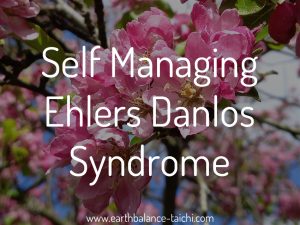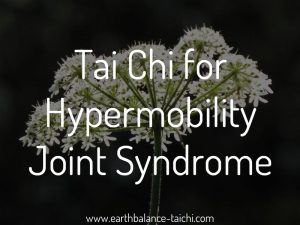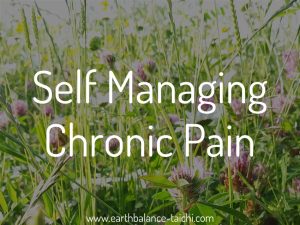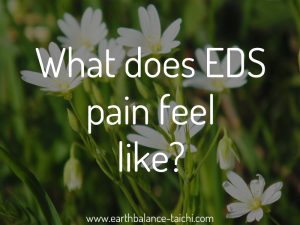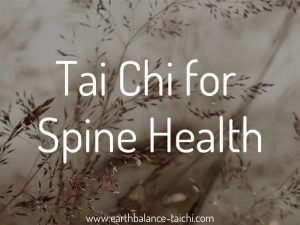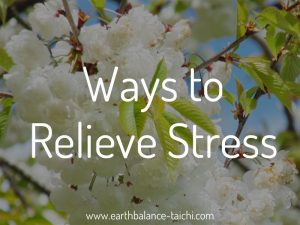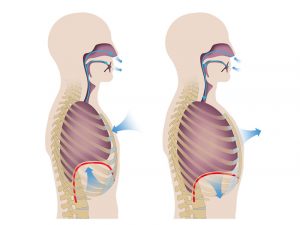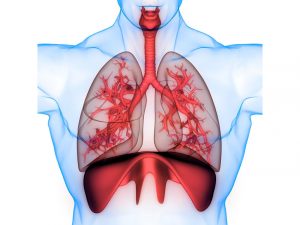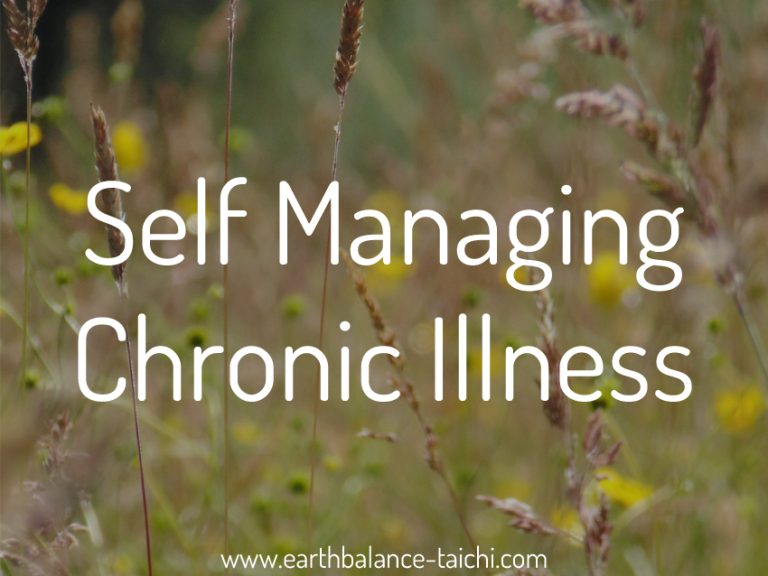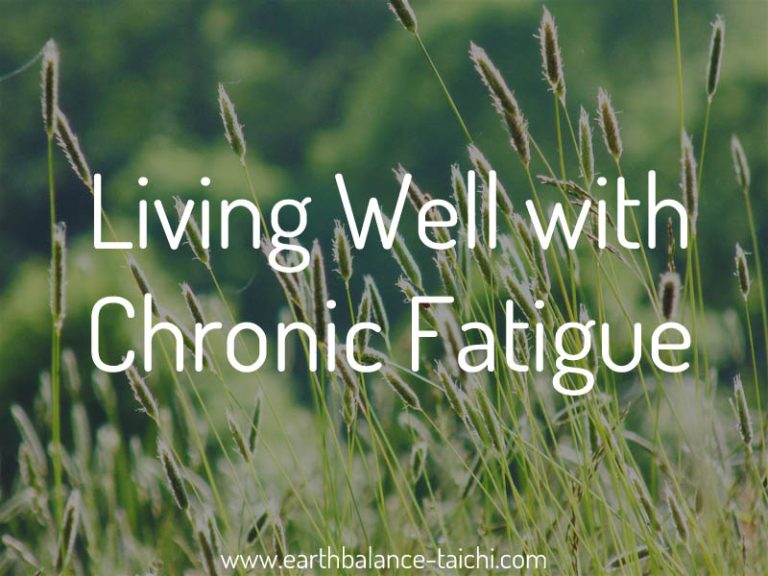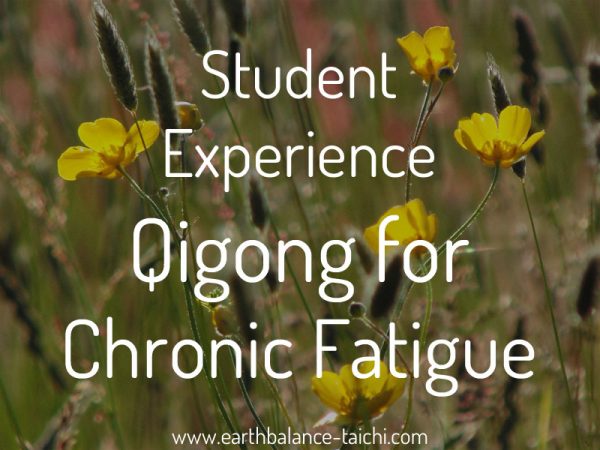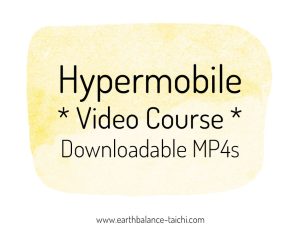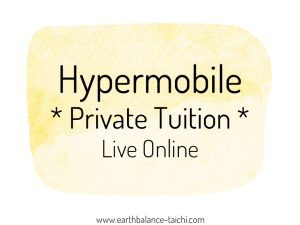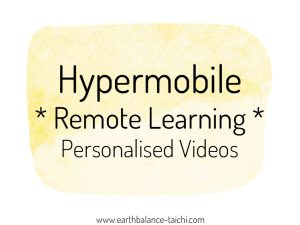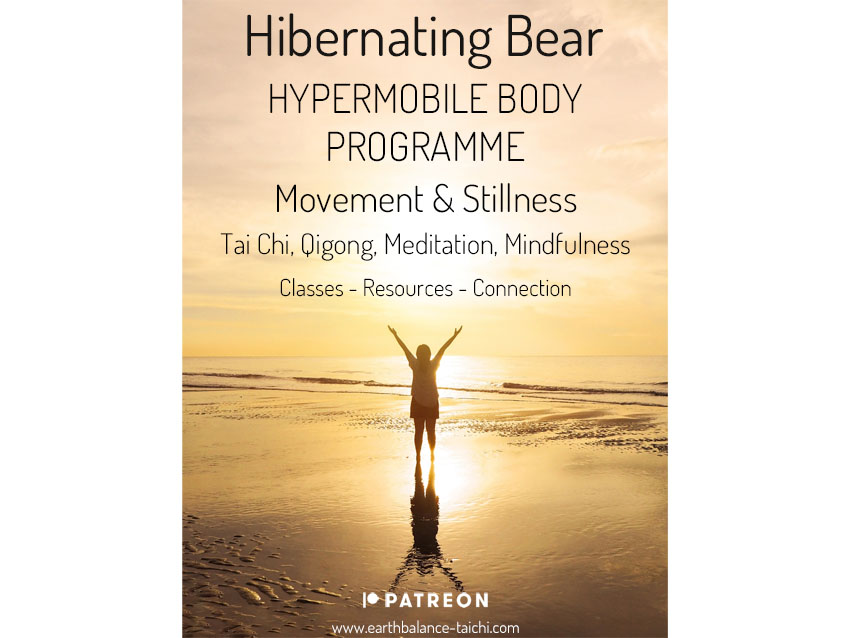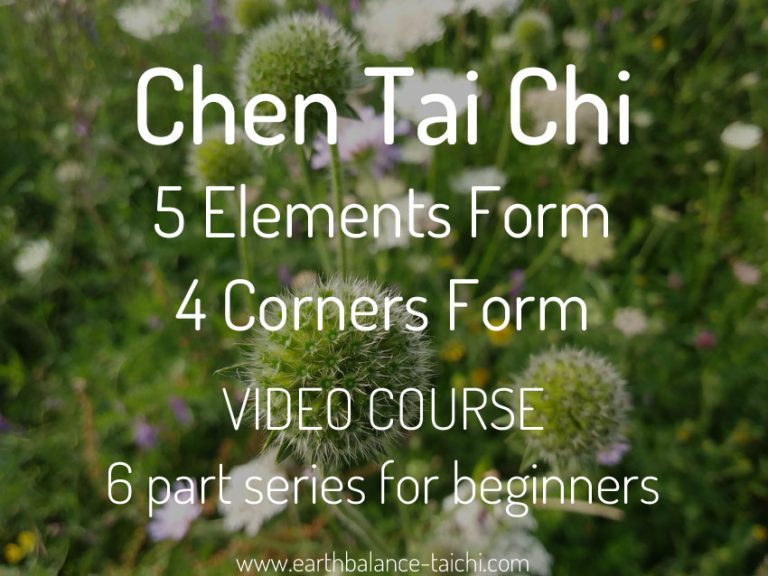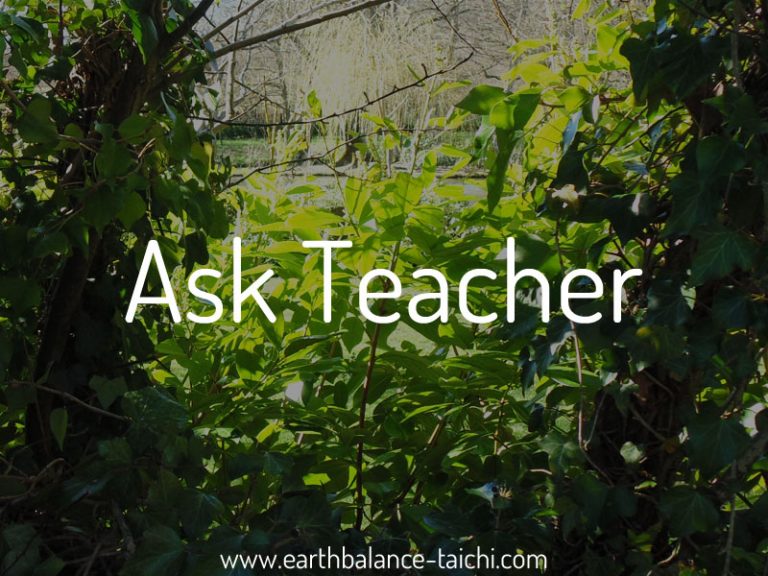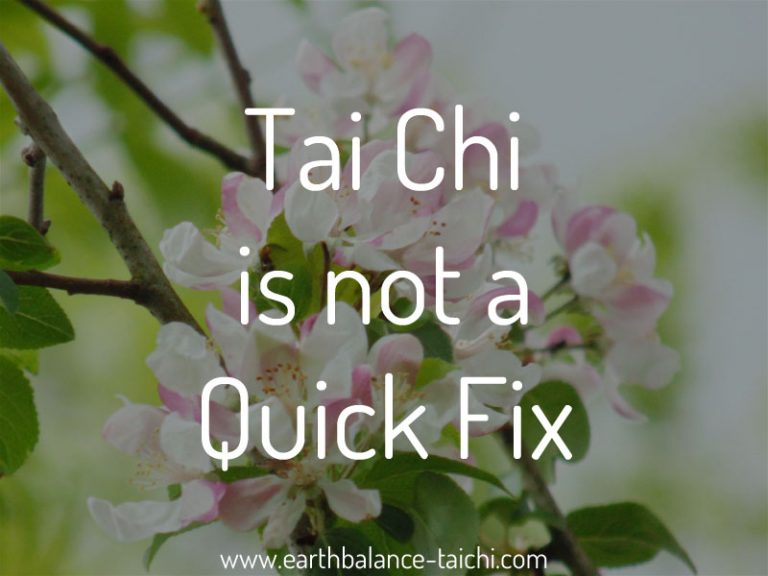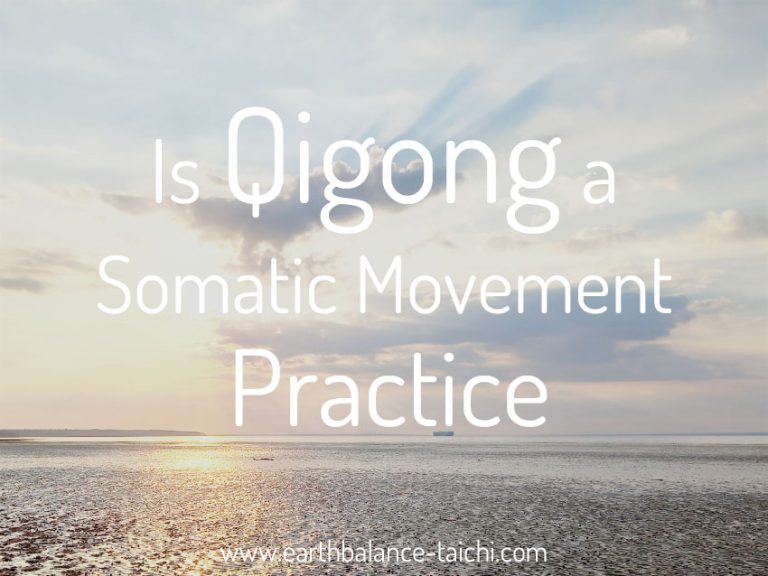Tai Chi Qigong for Ehlers Danlos

Tai Chi Qigong for Ehlers Danlos
Tai Chi and Qigong as dynamic movement practices to aid the genetic connective tissue disorder called Ehlers Danlos Syndrome (EDS).
Hello everyone, I'm Nicola, a Tai Chi, Qigong and meditation instructor and I live with hypermobility EDS. This article explores how mindful dynamic movements can support the symptoms of EDS. Living with a different health base-line from the norm comes with daily challenges, from physical, practical, societal to emotional and psychological. My lived experience of chronic illness and professional study of the movement and stillness arts have given me a unique insight into self management outside of the Western Medicine model. You can read my journey in health here. This article explores the benefits of Tai Chi Qigong for Ehlers Danlos syndrome.
Without my personal exercise and movement practices of Tai Chi, Qigong, Bagua, yoga, mobility and martial arts, alongside my stillness practices of meditation, breath work and mindfulness, I would not be able to function in any capacity. I use movement and stillness to help ease the symptoms of EDS, especially chronic pain, chronic muscular and soft tissue contraction and chronic fatigue. Well aligned and frequent exercise is the most important part of my health management plan. I have used my own body as a guinea pig for the last 16 years, searching for natural alternatives to extend my quality of 'physical' life.
So far, across all therapies available, exercise has the most value in my progress. By progress I mean slowing the degeneration as I age. When I stop exercising my physical body declines rapidly which affects every aspect of my life. Although my life base line is quite delicate to balance even with the emphasis on the mind and body arts, I am sure that I would be in a very difficult stage without them. My heart goes out to you all. As one of my students once said; travel with hope.
Classifications - Types of EDS dated 2017
- Classical EDS (cEDS)
- Classical-like EDS (clEDS)
- Cardiac-valvular EDS (cvEDS)
- Vascular EDS (vEDS)
- Hypermobile EDS
- Arthrochalasia EDS (aEDS)
- Dermatosparaxis EDS (dEDS)
- Kyphoscoliotic EDS (kEDS)
- Brittle Cornea Syndrome (BCS)
- Spondylodysplastic EDS (spEDS)
- Musculocontractural EDS (mcEDS)
- Myopathic EDS (mEDS)
- Periodontal EDS (pEDS)
There are 13 types in total. Visit the following webpage for more details.
What causes EDS hypermobility? Read this article by Dr. Bruno, a licensed acupuncturist and herbalist in the state of Texas, who I highly recommend as an EDS professional.
Connecting the Dots with EDS in Managing Pain
Tai Chi & Qigong Exercises for Hypermobile EDS
- Joint stability.
- Posture correction.
- Fascia and soft tissue release through deep spiralling movements.
- Progressive physical relaxation and tension release.
- Release physical bindings and holdings.
- Trauma release through movement.
- Lengthening of the tight un-elastic connective tissue.
- Learn the skill of the absence of resistance.
- No-impact movements.
- Strengthen muscles safely.
- Mobilise the connective tissue.
- Chronic and acute pain management.
- Learning to understand pain and work with it in a healthy way.
- Change your response to pain.
- Postural awareness / proprioception (knowing where you body is in space or knowing how your limbs are oriented to your body).
- Reduction in the risk of injury, subluxation and dislocation.
- Speedier recovery from injury.
- Increase blood flow, circulation, lymph flow and toxin removal.
- Slow and controlled movements to calm the central nervous system.
- Moving the body in a shorter range of motion.
- Learning to understand pain and work with it in a healthy way.
- Strengthen the muscles around the joints.
- Lubricate the joints through expansion and compression movements.
- Management of pain-insomnia and chronic fatigue.
- Increase the function of all body systems; lymph, circulatory, hormone, organ health, immune system etc.
- Learn methods to help cope with life changes and build resilience.
- Reduce the symptoms of stress, frustration, anxiety and depression.
- Learn to be compassionate with yourself.
- Learn how and why to move the body in alignment.
- Detox the body through movement.
- Slow and deep breathing for improved physiological function, easing mental stresses and releasing physical tension.
- Living with the ebb and flow in life.
- Accessible to everyone, no matter mobility or age (seated, standing, lying down).
Challenges to expect when starting a Tai Chi practice
With an experienced instructor, you can be guided through the challenges that will crop up as a beginner Tai Chi and Qigong student (living with EDS). The body will react to a new exercise programme and will respond typically with chronic/acute pain and fatigue. Previously injured or weak areas in the physical body may flare up. This is normal and is often called the body's 'healing response'. Beginners will go through an adjustment period over the first few months as the body learns and adapts to new movements.
It is not uncommon for beginner Tai Chi and Qigong students to give up in the first few weeks complaining of pain in their posture. When you are learning to correct your posture through Tai Chi and Qigong practice, initially some areas of the body will be unhappy with your movements as you are making habitual postural errors. An example is the knees and the lower back. With the correct alignment the pressure is off the knees and away from the lower back. If they cause you pain in your Tai Chi and Qigong training then you know you are doing something incorrectly. Your instructor will teach you how to align the body in a safe way, they will teach you the difference between good and bad pain, why we should align the body in a particular way and what to expect in the learning process. With this knowledge you then can listen and observe the body during your practice, making corrections through trial and error as the body gives you feedback. In this way the instructor gives you the tools that you then learn how to use by yourself. It takes time to adjust, please allow yourself the time and patience to explore Tai Chi and Qigong fully, working through the challenges with a positive mindset.
Your instructor will also guide you with the 70% rule, not pushing your body past it's capacity. This is especially relevant when living with EDS, as your resources are limited. Learning to pace your exercises and work with the ebb and flow of health is important. We do not encourage the body to be pushed to the limit. Instead we warm the body up slowly over time at a pace that is tailored to the individual. In this way you make Tai Chi and Qigong your own and will have much more longevity and enjoyment from the journey. It is not about watching and following your instructor at all costs, it's about learning what is a healthy movement for your body.
When living with EDS it is important to seek guidance from a professional Tai Chi and Qigong instructor as you embark on a new exercise and fitness programme. It is not recommended to follow DVDs. Tai Chi and Qigong movements are sophisticated and efficient as they offer a different way of training the body on a much deeper level than gym exercises. Once you have learned the basic foundations of an aligned posture and how to move correctly in a slow and deliberate way, you will start to experience the benefits in both the mind and body.
My personal experience of what helps life with hypermobile EDS (and the myriad of symptoms)*
- Frequent change of posture from lying, standing, sitting, moving, walking, exercising.
- Awareness and correction of posture in your daily life, sitting down, lying down, standing, walking, driving, watching TV etc.
- Daily flexibility, mobility and strengthening exercises (non-impact, Tai Chi, Qigong, Bagua, adapted yoga, martial arts, mobility).
- Regular hands on physical therapy: deep tissue massage, trigger point release, Swedish massage, physiotherapy, McTimoney chiropractic treatment.
- Physio tape, elastic splints, compression bandages and clothing to help stabilise the joints.
- Metal splints, soft and hard braces to stabilise the joints, using them as little as possible, to avoid atrophy of the muscles.
- Infra-red heat treatment, sauna and steam rooms.
- Professional homeopathy consultation and treatment.
- Professional acupuncture and Traditional Chinese Medicine.
- Rest, bed rest and sleep.
- Meditation, breathing and stillness practices.
- Zechstein magnesium flakes for the bath to release tense muscles, and/or spray for local application on the skin.
- Epsom salts for the bath.
- MSM organic sulphur powder to transport oxygen more efficiently in the body, to increase cellular health and to promote healing and reduction of scar tissue.
- MSM organic sulphur also helps with extreme hay fever as it helps to block the membrane in the nasal passage. This comes from the 'thin skin' associated with EDS and intolerances that arise such as intolerance to light, sound, caffeine, pharmaceuticals and anaesthesia etc.
- Combine MSM sulphur with Vitamin C powder to rejuvenate collagen (taken separately).
- Blend of amino acids for bones and immunity.
- Blend of magnesium capsules for pain and fatigue.
- Iodine for chronic fatigue and thyroid function.
- Natural mix of electrolytes: Celtic grey sea salt, potassium chloride powder, magnesium glycinate powder.
- Diatomaceous earth powder for the digestive system, detoxing, control internal parasites and improve bone health.
- Organic raw apple cider vinegar.
- Good nutrition, organic food, good levels of protein with fresh fruit and vegetables (unprocessed / unrefined food as much as possible).
- Drinking and cooking water filter to remove heavy metals, nitrates, chlorine, fluoride, pesticides, pharmaceuticals, antibiotics, oestrogen etc.
- Self expression through art and creativity.
- Being self responsible in the management of your health baseline.
- Self compassion.
- Acceptance, kindness and grace.
Ways to Learn Tai Chi Qigong for Ehlers Danlos
For students who live with different baselines from the norm, the Hibernating Bear classes offer support when living with chronic illness, chronic pain and chronic fatigue. Learn about your individual body and needs, and how targeted and dynamic slow movements can aid your symptoms. Learn how to exercise with your baseline gracefully to avoid the boom and bust cycle. Discover skills and techniques that will help support your quality of life. It is possible to build resilience and the ability to cope. Join me, instructor Nicola in my live online group classes or through private tuition. See you in the virtual studio!
